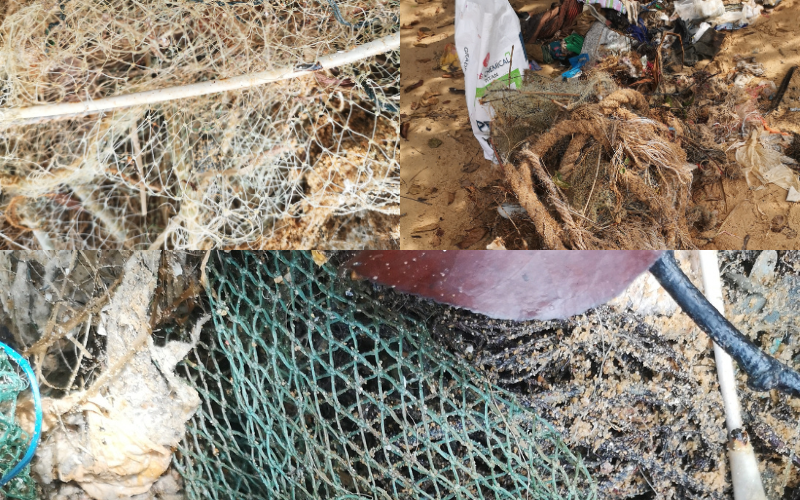Rebuilding Life Beneath the Waves
Coral reefs are some of the most diverse ecosystems on Earth—but they’re disappearing fast. In Thailand, engineers and marine scientists are working together to restore coral habitats using 3D printing. These artificial reefs help marine life return, protect coastlines from erosion, and provide hope for damaged ecosystems.
Closer to home, in Sapangar Bay, Sabah, engineers are helping to relocate and restore seagrass beds, which are often overlooked but vital. Seagrass absorbs carbon, shelters marine life, and helps maintain water quality. Protecting it is a key part of long-term ocean recovery.
Renewable Energy That Works With Nature
What if the ocean could power our cities? In November 2024, China connected the first part of the world’s largest offshore floating solar farm to the power grid. Located eight kilometres off Dongying City, the farm covers more than 1,200 hectares and holds nearly 3,000 floating solar platforms.






